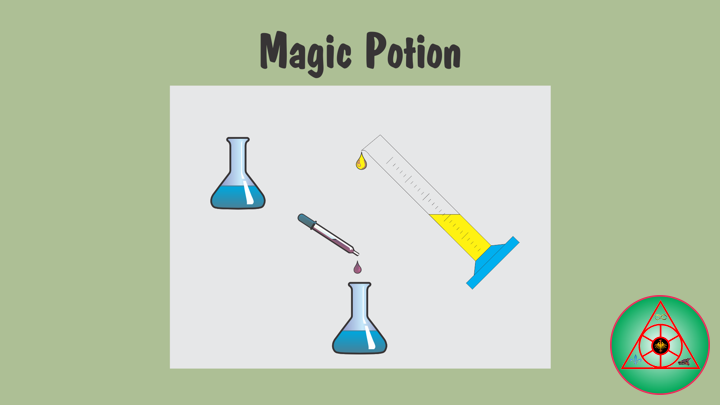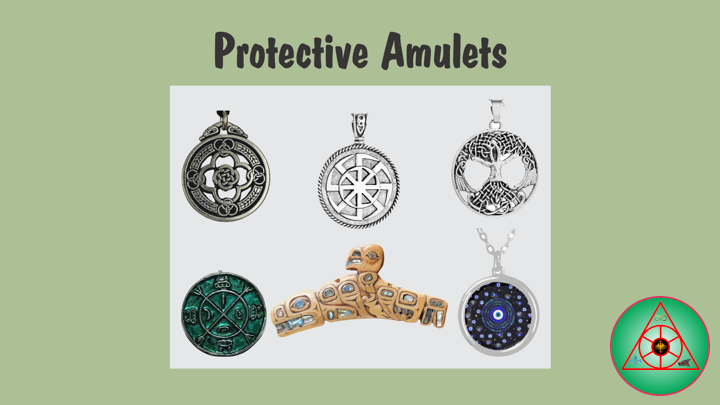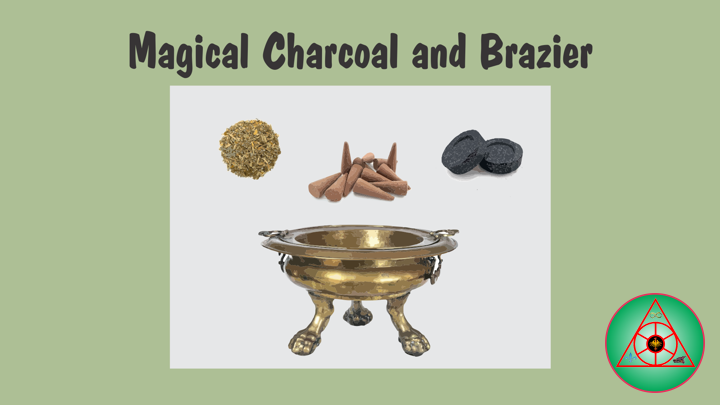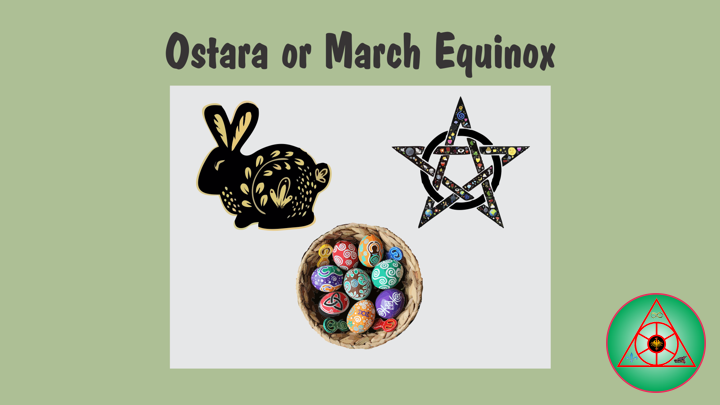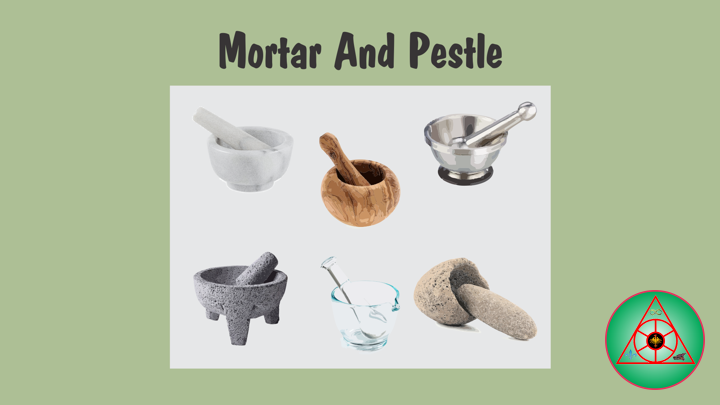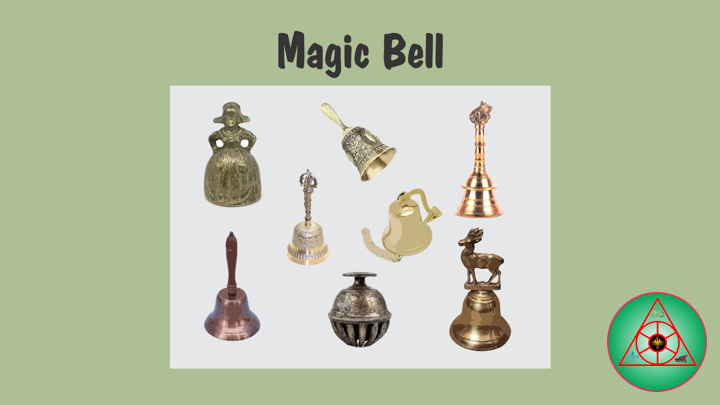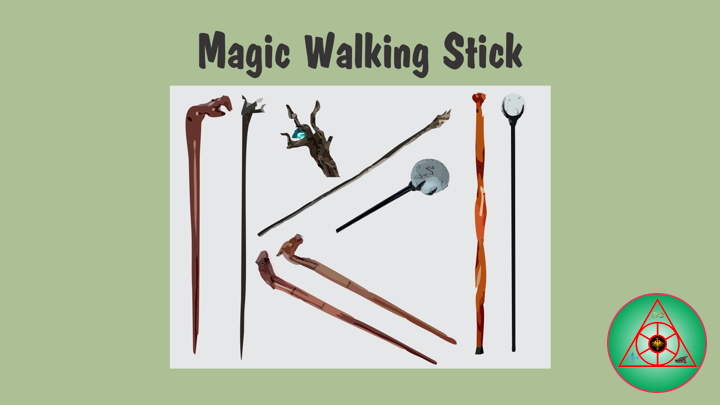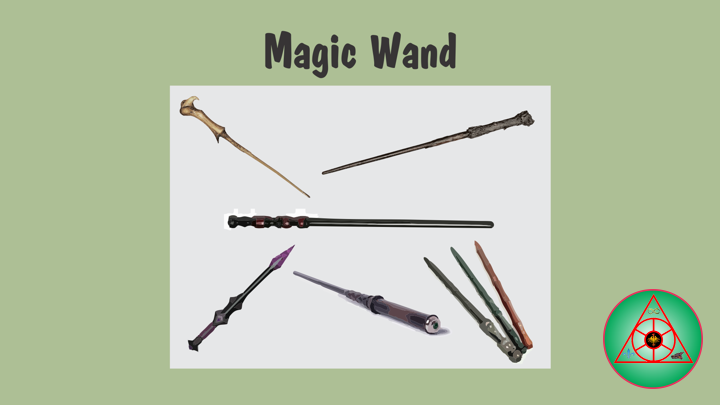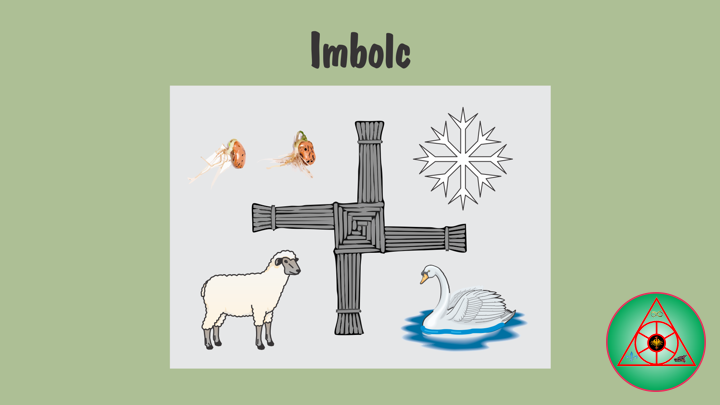Book Of Shadows
BOS
——
#Magic #TLBWB #HighPriest #Witchcraft #Wizard #Witch #MagicPotion #BookOfShadows #WheelOfTheYear #MagicalHerbs #MagicalOils #Incense #Pentacle #MagicCircle #MagicSpell #Grimoire
——
——
Magic Potion
A Magic Potion is a liquid that contains medicine, or something that is supposed to have magic powers. It derives from the Latin word potus which referred to a drink or drinking. The Magic Potion is also used, often specifically for a love potion, a potion that is supposed to create feelings of love or attraction in the one who drinks it. Throughout history there have been several types of potions for a range of purposes. Emotions such as anger, fear and sadness are universal and as such potions have been created across history and cultures in response to these human emotions. Administered in small doses Magic Potion has been used in Witchcraft as an analgesic, an aphrodisiac and a remedy for infertility. Reasons for taking potions ranged from curing an illness, or love, or health care, or restorative, or hallucinogenic, Etc…
Considering that these practices align more with cultural views and beliefs, many of these individuals used Magic Potion and traditional medicine or alternative medicine. Magic Potions, in addition to calming teas or soup, were a common homemade treatment. When unable to go to a house member, early modern people would often go to the wise men or women of their village. Wise Wizard or Witch were knowledgeable in health care and could administer potions, lotions or salves in addition to performing prayers or chants.
So, let’s talk Magic Potion. Whether you think of them as mysterious plants that grow in the forest or the row of little bottles in your kitchen cabinet, they’re pretty useful, and they can be pretty confusing, even intimidating. What do you do with them? Which ones do I need? These Magic Potion will help you with almost any need or problem you may have, as we shall explain. If you’re a practitioner of a modern magical tradition, chances are good that you’re in the habit of using Magic Potion. Magic Potion; MagicalHerbs or Magical Oils plants in the form of oil and incense were elements of religious and therapeutic practices in early cultures worldwide. In addition, anointment with perfumes and fragrant oils was an almost universal practice.
Follow Us
Languages Spoken and Written: English, French and Spanish.
eMail: lostbeardedwhite@sassquatch.org
Facebook: https://www.facebook.com/neosteam.labs.9/
YouTube: https://www.youtube.com/@thesass2063
Twitter: https://twitter.com/labs_steam
Pinterest: https://www.pinterest.com/NeoSteamLabs/
Instagram: https://www.instagram.com/luc.paquin/
The Lost Bearded White Brother
——
#Magic #TLBWB #HighPriest #Witchcraft #Wizard #Witch #ProtectiveAmulets #BookOfShadows #WheelOfTheYear #MagicalHerbs #MagicalOils #Incense #Pentacle #MagicCircle #MagicSpell #Grimoire
——
——
Protective Amulets
Protective Amulets, Charms, Talisman and Seals are sacred objects which are believed to posses certain powerful, magical and sacramental properties, which brings good luck, prosperity, power, and protection from evil or harm to its owner.
Protective Amulets have been used for over five thousand years and have also historically been used to protect people from the “Evil Eye”. This is the belief that a person or animal could harm another by staring at them with an evil eye and ancient clay tablets have been found that describe the damage that the evil eye can inflict. The Sumerian god Ea spent most of his time fighting the evil eye. Even today, in many parts of the world, the evil eye is considered a major threat, and various kinds of amulets are used to avert it. We believe it is important to take your time when choosing an amulet so you find the right one for your needs. As talismans are intended to provide power, energy and specific benefits, they are often made in times that are astrologically significant.
We have travelled the world and the studied the cultures, from ancient Egypt, traditional Italian, to Greece and even dancing with the Romany Gypsy’s to bring you a collection of amulets and talismans that are both protective and spellbound with awakenings to a higher consciousness.
An Protective Amulets is an object believed to confer protection upon its possessor. The word “Amulet” comes from the Latin word amuletum, an object that protects a person from trouble. Anything can function as an amulet; items commonly so used include statues, coins, drawings, plant parts, animal parts, and written words.
Amulets which are said to derive their extraordinary properties and powers from magic or those which impart luck are typically part of folk religion or paganism or Witchcraft, whereas amulets or sacred objects of formalised mainstream religion as in Christianity are believed to have no power of their own without faith in Jesus and being blessed by a clergyman, and they supposedly will also not provide any preternatural benefit to the bearer who does not have an appropriate disposition. Talisman and amulets have interchangeable meaning. Amulets refer to any object which has the power to avert evil influences or ill luck. An amulet is an object that is generally worn for protection and made from a durable material. Amulets can be applied to paper examples as well; however, the word ‘Talisman’ is typically used to describe these. Amulets are sometimes confused with pendants, small aesthetic objects that hang from necklaces. Any given pendant may indeed be an amulet but so may any other object that purportedly protects its holder from danger.
Protective Amulets Magic is a type of magic intended to turn away harm or evil influences, as in deflecting misfortune or averting the evil eye. Apotropaic observances may also be practiced out of superstition or out of tradition, as in good luck charms, amulets, or gestures such as crossed fingers or knocking on wood. Many different objects and charms were used for protection throughout history.
Follow Us
Languages Spoken and Written: English, French and Spanish.
eMail: lostbeardedwhite@sassquatch.org
Facebook: https://www.facebook.com/neosteam.labs.9/
YouTube: https://www.youtube.com/@thesass2063
Twitter: https://twitter.com/labs_steam
Pinterest: https://www.pinterest.com/NeoSteamLabs/
Instagram: https://www.instagram.com/luc.paquin/
The Lost Bearded White Brother
——
#Magic #TLBWB #HighPriest #Witchcraft #Wizard #Witch #MagicalCharcoal #Brazier #BookOfShadows #WheelOfTheYear #MagicalHerbs #MagicalOils #Incense #Pentacle #MagicCircle #MagicSpell #Grimoire
——
——
Magical Charcoal
Charcoal is a lightweight black carbon residue produced by strongly heating wood or other plant materials in minimal oxygen to remove all water and volatile constituents. In the traditional version of this pyrolysis process, called charcoal burning, often by forming a charcoal kiln, the heat is supplied by burning part of the starting material itself, with a limited supply of oxygen. Japanese charcoal has had pyroligneous acid removed during the charcoal making, it therefore produces almost no smell or smoke when burned. Natural Charcoals carefully made from compressed coconut shells. Magical charcoal are odorless and tasteless.
Magical Charcoal is used in food to colour it black and for its supposed health benefits. Activated charcoal, typically made from bamboo or coconut shell, is used as a food ingredient. It gives food an earthy, smoky taste and the black colouring gives the food an exotic, fashionable appearance.
Magical Charcoal for use with Magical Herbs for Ritual, Spells and Incense Making.
Brazier
A brazier is a container used to burn charcoal or other solid fuel for cooking, heating or cultural rituals. It often takes the form of a metal box or bowl with feet. Its elevation helps circulate air, feeding oxygen to the fire. While a fire burns in this brass brazier, you can use an action to speak the brazier’s command word and summon a fire elemental, as if you had cast the conjure elemental Magical Herbs for Ritual, Spells and Incense.
The essence burner is inspired by classic shapes of ancient braziers. Line is marked by a simple hemispherical bowl supported by three legs that form of scrolls. In the midst of these three should be placed at the Magical Charcoal as a real fire in miniature. The effect that comes out is fascinating. The smoke rising from the brazier making it seem almost magical. Its use is very old and ranged from more normal domestic use up to those religious ritual object or as a votive gift gives a further fascinating and magical energy. Suitable also as witchcraft Magical Herbs for Ritual, Spells and Incense.
Follow Us
Languages Spoken and Written: English, French and Spanish.
eMail: lostbeardedwhite@sassquatch.org
Facebook: https://www.facebook.com/neosteam.labs.9/
YouTube: https://www.youtube.com/@thesass2063
Twitter: https://twitter.com/labs_steam
Pinterest: https://www.pinterest.com/NeoSteamLabs/
Instagram: https://www.instagram.com/luc.paquin/
The Lost Bearded White Brother
——
#Magic #TLBWB #HighPriest #Witchcraft #Wizard #Witch #Ostara #MarchEquinox #BookOfShadows #WheelOfTheYear #MagicalHerbs #MagicalOils #Incense #Pentacle #MagicCircle #MagicSpell #Grimoire
——
——
March Equinox
The March Equinox is the equinox on the Earth when the subsolar point appears to leave the Southern Hemisphere and cross the celestial equator, heading northward as seen from Earth. In astronomy, the March Equinox is the zero point of sidereal time and, consequently, right ascension. It also serves as a reference for calendars and celebrations in many cultures and religions.
Ostara
Chances are, you come across some stories that the presenters claim are ancient, and reach into the pre-Christian past. One popular story you might have seen recently involves the origin of the Easter Bunny. Essentially, the tale is that Ostara, the ancient Germanic goddess of the spring, transformed a bird into a hare, and the hare responded by laying colored eggs for her festival.
The celebration of spring is present in many ancient customs, across all cultures, and it seems that Witchcraft has borrowed from many of them for Ostara. Like many other spring celebrations in other cultures, Ostara symbolizes fertility, rebirth, and renewal. This time of year marked the beginning of the agricultural cycle, and farmers would start planting seeds.
Many of the symbols of Ostara have roots in other traditions, and the use of rabbits and hares is one such example. In medieval times in Europe, the March hare was seen as a fertility symbol, and a sign of spring. This species of rabbit is nocturnal most of the year, but in March, it is mating season for the animal. During mating season, March hares are seen all day long. Additionally, females of this species can get pregnant with a second litter while pregnant with their first litter. This explains why they were used as symbols for fertility.
Modern day Witchcraft might go outside to meditate and perform a simple ritual to welcome the spring. Another common way to celebrate the coming spring is to plant seeds. Some families incorporate seasonal candy, such as peeps and chocolate rabbits, with their kids to help them get in the spirit of the event.
Ostara is also a good time to freshen up your home and life. Take time to do some spring cleaning. Cleaning isn’t just limited to your home. Take some time to declutter and clean up areas where you spend a lot of time, like your car, your computer or your work office.
Traditional colors of this season combine the cold colors of Winter with warm Summer colors to form the pastel shades of lavender, pink, green and yellow.
Lambs
The lamb is another symbol of Ostara and was sacred to virtually all the virgin goddesses of Europe, the Middle East and Africa. The lamb, too, has been carried over to the new religious festival of Easter.
Easter Basket
The Easter basket is filled with Witchcraft symbols, colored and decorated eggs, chocolate bunnies and little chicks. The origin of the basket itself is thought to be closely linked to eggs, because it is believed that the earliest people were inspired to weave baskets by watching birds build the nests in which they laid their eggs.
Follow Us
Languages Spoken and Written: English, French and Spanish.
eMail: lostbeardedwhite@sassquatch.org
Facebook: https://www.facebook.com/neosteam.labs.9/
YouTube: https://www.youtube.com/@thesass2063
Twitter: https://twitter.com/labs_steam
Pinterest: https://www.pinterest.com/NeoSteamLabs/
Instagram: https://www.instagram.com/luc.paquin/
The Lost Bearded White Brother
——
#Magic #TLBWB #HighPriest #Witchcraft #Wizard #Witch #MortarAndPestle #BookOfShadows #WheelOfTheYear #MagicalHerbs #MagicalOils #Incense #Pentacle #MagicCircle #MagicSpell #Grimoire
——
——
Mortar And Pestle
Mortar and Pestle is a set of two simple tools used from the Stone Age to the present day to prepare ingredients or substances by crushing and grinding them into a fine paste or powder in the kitchen, laboratory, and pharmacy. The mortar is characteristically a bowl, typically made of hard wood, metal, ceramic, or hard stone such as basalt. The pestle is a blunt, club-shaped object. The substance to be ground, which may be wet or dry, is placed in the mortar where the pestle is pounded, pressed, and rotated into the substance until the desired texture is achieved.
Mortars and pestles have been used in cooking since prehistory, today they are typically associated with the profession of pharmacy due to their historical use in preparing medicines. In cooking, they are typically used to crush spices, which requires the gentle crushing of sugar, ice, and mint leaves in the glass with a pestle.
Mortars and pestles were invented in the Stone Age, when humans found that processing food and various other materials by grinding and crushing into smaller particles allowed for improved use and various advantages, such as hard grains could be cooked and digested easier if ground first, grog would vastly improve fired clay and larger objects such as blocks of salt would be much easier to handle and use when ground and pulverized into smaller pieces.
Mortars are also used in cooking to prepare wet or oily ingredients as well as grinding spices into powder. The molcajete, a version used by Pre-Hispanic Mesoamerican cultures including the Aztec and Maya, stretching back several thousand years, is made of basalt and is used widely in Mexican cooking. The molcajete had a lid and the set was believed to be used for burial of members in society of high status.
So, let’s talk magical herbs. If you’re a practitioner of a modern magical tradition, chances are good that you’re in the habit of using herbs. Magical Oils plants in the form of oil and incense were elements of religious and therapeutic practices in early cultures worldwide.
A good place to start is with 8 ounces oil per 8 tablespoons herb or flower. Remember a little oil goes a long way. You can use Mineral Oil or some other neutral carrier oil to absorb the scent and properties of the herb. It is helpful to visualize the purpose for which you are making the oil throughout the process or you can say a little chant pertaining to that certain oil while making it to add more of your energy and power to it.
Pour your oil into your mortar. Add your herb a little at a time, pressing it into the oil with your pestle. After you have combined it well, pour it into a bottle. Store the bottle in a dark, consecrated place for three days. On the fourth day check oil to see if it has absorbed enough of the scent.
Follow Us
Languages Spoken and Written: English, French and Spanish.
eMail: lostbeardedwhite@sassquatch.org
Facebook: https://www.facebook.com/neosteam.labs.9/
YouTube: https://www.youtube.com/@thesass2063
Twitter: https://twitter.com/labs_steam
Pinterest: https://www.pinterest.com/NeoSteamLabs/
Instagram: https://www.instagram.com/luc.paquin/
The Lost Bearded White Brother
——
#Magic #TLBWB #HighPriest #Witchcraft #Wizard #Witch #ScryingBowl #Scrying #BookOfShadows #WheelOfTheYear #MagicalHerbs #MagicalOils #Incense #Pentacle #MagicCircle #MagicSpell #Grimoire
——
Scrying Bowl
The word “Scrying” actually comes from the Old English word descry which means “To Make Out Dimly” or “To Reveal”. Therefore, scrying is about revealing the unseen through the use of our in born second sight. Second sight is our capacity to see things that can’t usually be perceived through our five senses.
The first examples of scrying appear in China in around 3000 BC, in Egypt in 2500 BC, and in Greece in 2000 BC. These days, scrying has largely evolved into a Witchcraft practice. Scrying helps us to get in touch with our unconscious minds: the realm of the soul. As such, it can be used as a powerful form of self-understanding and psychoanalysis. If you’re struggling to find direction, meaning or purpose in life, scrying could be a wonderful way to get in touch with your core needs, dreams and goals.
The use of a scrying bowl is technically very simple. It is the conceptual practice that is difficult. First, your bowl should be made of a non-reflective matte surface, like marble, obsidian, soapstone, ceramic, or wood. It should be dark in colour, with black being ideal.
You can put your bowl out in the rain to collect natural rainwater, you can fill your bowl with mineral water, or tap water should be fine. You will need several candles, ideally red, or grey in colour. Your room should be dark and quiet, and scrying is best done at night.
Just ensure you have a clear space to put your bowl and a candles. I chose this crystal quartz as the focal point for my water scrying. Quartz is said to have balancing, amplifying and focusing properties. You can choose any object you like. Ensure that the object is right in the center of the bowl, it will serve as a point on which your eyes can focus. To see a world like the one you are in, add a pinch of sea salt.
There are many ways of clearing the energy in your scrying space. Include burning herbs and incense, visualizing white light. It helps you to remove stagnant energy that may impede your scrying. Begin by sitting comfortably within arm’s reach of the bowl, and close your eyes halfway. Begin by breathing in slowly, through your nose. Breathe inward until your lungs cannot fill any further. Then, breathe out through your mouth, until you cannot possibly expel any more air from your lungs. This is called Full Breath. Repeat for ten full breaths, taking as much time as you need.
During your breathing, concentrate on becoming aware of the surface of the water. Focus your half-closed eyes on its surface, and see if you can see any of the reflections of the surrounding candles. Let your eyes then fall out of focus, so that the bowl and the water look like a fuzzy blob, refocus and then let focus fall out several times, until your Full Breaths are finished. You are attuning your eyes and your mind to the shifting of perception that will occur during scrying.
The light trance can be achieved through a meditative awareness of the breath or any technique that stills the mind and relaxes the body. When we begin to scrying, we send a message to our unconscious mind that we are seeking information that is beyond the reach of our senses and conscious awareness. The mind projects symbols and images onto our scrying tool to convey the information to our conscious awareness. These symbols and images are then translated by the scryer into meaning or in answer to an enquiry made by the scryer. This translation of symbols and images is an essential part of the scrying process.
Follow Us
Languages Spoken and Written: English, French and Spanish.
eMail: lostbeardedwhite@sassquatch.org
Facebook: https://www.facebook.com/neosteam.labs.9/
YouTube: https://www.youtube.com/@thesass2063
Twitter: https://twitter.com/labs_steam
Pinterest: https://www.pinterest.com/NeoSteamLabs/
Instagram: https://www.instagram.com/luc.paquin/
The Lost Bearded White Brother
——
#Magic #TLBWB #HighPriest #Witchcraft #Wizard #Witch #MagicBell #Bell #BookOfShadows #WheelOfTheYear #MagicalHerbs #MagicalOils #Incense #Pentacle #MagicCircle #MagicSpell #Grimoire
——
——
Magic Bell
Magic Bells are like the Voice of the Goddess. When you ring one, it brings the Divine’s attention to you. And your attention to the Divine. A Magic Bells with a lovely tone will call beautiful, healing energy to you. Magic Bells can also be used to clear energy. At the end of a ritual is a good time for this, but if unwanted energy crops up during a ritual, you can use the Magic Bell to disperse it.
Hundreds of years ago, rural folks knew that loud noise drove away evil spirits, and the bell is a prime example of a good noisemaker. The ringing of a Magic Bells causes vibrations which are the source of great power. Variations on the bell the use of a singing bowl. All of these can help bring harmony to a magical circle. In some forms of Witchcraft, the bell is rung to begin or end a rite, or to evoke the Goddess.
The Magic Bells traditionally is symbolic of the Great Goddess. The Magic Bells can be used during ritual to help invoke the Goddess. You may also see it used at each of the four quarters when calling quarters during ritual. If you choose to place a Magic Bells on your altar most traditions agree that it should be located on the left of your altar. The Magic Bells corresponds to the element water, and is a feminine energy. While you will not see it used by all Witches or Wizard, the bell is a tool that can be given importance in your magical workings if you so choose and treat it as a magical tool.
In ancient times the Magic Bells was believed to rid an area of negative entaties or energies. This can still be a purpose for it today. I have seen cleansing rituals that still involve using a Magic Bells to drive away spirits. In ancient times they use to hang the bells on doors and leave them strategically placed around the house to help keep away negative spirits and energy. This is a practice that you will still see used in households today.
When a Magic Bells is cleansed and consecrated to be used as a magical tool, it is believed that it can help to purify everyone that is present when it rings. For this reason, you will often see it used today at the beginning or ending of rituals that we do. Before beginning any magical working you can ring the bell to rid any negative energies, and call the attention of the spirits you wish to summon in your workings.
The vibration of the Magic Bells can help to stimulate the energy in your environment. It also helps to set your intention and inform your subconscious of the actions you wish to take. For those of you who may have a harder time with meditation the ringing of a bells can make entering meditation easier.
Follow Us
Languages Spoken and Written: English, French and Spanish.
eMail: lostbeardedwhite@sassquatch.org
Facebook: https://www.facebook.com/neosteam.labs.9/
YouTube: https://www.youtube.com/@thesass2063
Twitter: https://twitter.com/labs_steam
Pinterest: https://www.pinterest.com/NeoSteamLabs/
Instagram: https://www.instagram.com/luc.paquin/
The Lost Bearded White Brother
——
#Magic #TLBWB #HighPriest #Witchcraft #Wizard #Witch #MagicWalkingStick #WalkingStick #BookOfShadows #WheelOfTheYear #MagicalHerbs #MagicalOils #Incense #Pentacle #MagicCircle #MagicSpell #Grimoire
——
——
Magic Walking Stick
A walking stick is a device used by many people to facilitate balancing while walking. The walking stick has also historically been known to be used as a defensive or offensive weapon, and may conceal a knife or sword as in a swordstick. An is equipped with a steel point and may carry a hook or ice axe on top. More ornate sticks may be adorned with small trinkets or medallions depicting visited territory. Wooden walking-sticks are used for outdoor sports. They can be individually handcrafted from a number of woods and may be personalised with wood carving, or jewelry, or quartz, or stones, or metal engraving plaques.
Walking sticks are used by hikers for a wide variety of purposes: to clear spider webs, or part thick bushes or grass obscuring the trail, as a support when going uphill or a brake when going downhill, as a balance point when crossing streams, swamps or other rough terrain, to feel for obstacles in the path, to test mud and puddles for depth, and as a defence against wild animals.
Fashioned from an upturned sapling, gnarled staff serves as walking stick, magical rod and practical tool for the wandering Wizard of the woods and wilds. At home amid the beasts and trees, has largely eschewed the company of men for the solace of the forest and the companionship of its creatures. With twiggy protrusions serving as a bird’s perch and amid which a cool blue crystal nestles, the Wizard’s twisted staff is ever at his side, supporting him on his long, and frequently spontaneous, rambles through his forest home. His magic walking stick that has the power to take him and whoever he is holding by the hand to any desired place.
Due to the wet nature of these swamps certain trees become infected with a fungus that eats away at the base of the branches, leaving behind a diamond shaped canker when the brach dies off. Inevitably the fungus will kill the tree itself allowing for sustainable harvest, without impacting the local population.
The most common accessory, before or after purchase or manufacture, is a hand strap, to prevent loss of the stick should the hand release its grip. These are often threaded through a hole drilled into the stick rather than tied around. A clip-on frame or similar device can be used to stand a stick against the top of a table. In cold climates, a metallic cleat may be added to the foot of the cane. This dramatically increases traction on ice. The device is usually designed so it can be easily flipped to the side to prevent damage to indoor flooring. Different handles are available to match grips of varying sizes. Rubber ferrules give extra traction on most surfaces. Some walking stick have hollowed-out compartments near the top where flasks or vials of liquids or medication or chemicals or alcohol could be hidden and sprung out on demand.
Follow Us
Languages Spoken and Written: English, French and Spanish.
eMail: lostbeardedwhite@sassquatch.org
Facebook: https://www.facebook.com/neosteam.labs.9/
YouTube: https://www.youtube.com/@thesass2063
Twitter: https://twitter.com/labs_steam
Pinterest: https://www.pinterest.com/NeoSteamLabs/
Instagram: https://www.instagram.com/luc.paquin/
The Lost Bearded White Brother
——
#Magic #TLBWB #HighPriest #Witchcraft #Wizard #Witch #MagicWand #Wand #BookOfShadows #WheelOfTheYear #MagicalHerbs #MagicalOils #Incense #Pentacle #MagicCircle #MagicSpell #Grimoire
——
——
Magic Wand
A magic wand is a thin, hand-held stick or rod made of wood, stone, ivory, or metals like gold or silver. Generally, in modern language, wands are ceremonial or have associations with magic but there have been other uses, all stemming from the original meaning as a synonym of rod and virge, both of which had a similar development. A stick giving length and leverage is perhaps the earliest and simplest of tools. Long versions of the magic wand are usually styled in forms of staves or scepters, often with designs or an orb of a gemstone forged on the top.
Witchcraft, Mystical, Occult, And Religious Usage
In Pharaonic Egypt, toilette articles, weapons against possible enemies, amulets against serpents, were also left in the tomb, together with magic texts and a magic wand which enabled the soul to use them. In classical Greco-Roman mythology, the god Hermes or Mercury has a special wand called a caduceus.
In Witchcraft magic practitioners use several magical tools including wands for the channeling of energy-they serve a similar purpose to the athame although the two have their distinct uses. While an athame is generally used to command, a wand is seen as more gentle and is used to invite or encourage. Though traditionally made of wood, they can also consist of metal or crystal. Practitioners usually prune a branch from an Oak, Hazel, Spruce, Poplar, Pine, Cedar, Black Cherry, Walnut, or other tree, and then carve it and add decorations to personalize it. In Witchcraft the wand usually represents the element air, or sometimes fire, although contemporary wand makers also create wands for the elements of earth and water as well. The wand is most often used by Witchcraft in rituals, healing and spell casting.
There is some scholarly opinion that the magic wand may have its roots as a symbol of the phallus. It may also have originated as the drumming stick of a shaman, especially in Central Asia and Siberia, as when using it to bang on his drum or point, to perform religious, healing, and magical ceremonies.
Rugged and aged in appearance, this wand was designed for those with powerful intuition and an affinity for the magic of the natural world. Its warmth will draw those with strength, courage, and conviction. For the best or worst of times, this wand feels as exemplary as the one who wields it. Magic wands commonly feature in works as spell-casting tools. Wand length in 9 inches to 14 inches. Finish options, and color transition have the colors blended for a more gradual change, usually over about an inch. Danish, tung, and linseed oil.
Follow Us
Languages Spoken and Written: English, French and Spanish.
eMail: lostbeardedwhite@sassquatch.org
Facebook: https://www.facebook.com/neosteam.labs.9/
YouTube: https://www.youtube.com/@thesass2063
Twitter: https://twitter.com/labs_steam
Pinterest: https://www.pinterest.com/NeoSteamLabs/
Instagram: https://www.instagram.com/luc.paquin/
The Lost Bearded White Brother
——
#Magic #TLBWB #HighPriest #Witchcraft #Wizard #Witch #Imbolc #BookOfShadows #WheelOfTheYear #MagicalHerbs #MagicalOils #Incense #Pentacle #MagicCircle #MagicSpell #Grimoire
——
——
Imbolc
Imbolc is a Gaelic traditional festival. It marks the beginning of spring. It is held on 1 February, which is about halfway between the Yule (Winter Solstice) and the Ostara (Spring Equinox). Imbolc is mentioned in early Irish literature, and there is evidence suggesting it was also an important date in ancient times. It is believed that Imbolc was originally a pagan festival associated with the Goddess Brigid.
The festivities on the feast of Brigid did not begin to be recorded in detail until the early modern era. In recent centuries it was marked by the making of Brigid’s crosses and a doll-like figure of Brigid would be paraded from House-To-House by girls. Brigid was said to visit one’s home on the eve of the festival. To receive her blessings, people would make a bed for Brigid and leave her food and drink, and items of clothing would be left outside for her to bless. Brigid was also evoked to protect homes and livestock. Special feasts were had, holy wells were visited, and it was a time for divination.
It has also been argued that originally the timing of the festival was more fluid and based on seasonal changes. It is associated with the onset of the lambing season he beginning of preparations for the spring sowing, and the blooming of blackthorn. Holy Wells were visited, spring or small pool of water revered either in a pagan context, sometimes both. The water of holy wells is often thought to have healing qualities, through the numinous presence of its guardian spirit. They often have local legends associated with them as they were during some of the other Gaelic festivals. Visitors to holy wells would pray for health while walking sunwise clockwise was considered the “Prosperous Course”, turning from east to west in the direction of the sun, around the well. They would then leave offerings, typically coins. Water from the well was used to bless the home, family members, livestock, and fields. In Celtic regions, strips of cloth are often tied to trees at holy wells, known as clootie wells.
Imbolc is the traditional time for initiations. Initiation is a rite of passage marking entrance or acceptance into a group or society. It could also be a formal admission to adulthood in a community or one of its formal components. In an extended sense, it can also signify a transformation in which the initiate is “Reborn” into a new role. A person taking the initiation ceremony in traditional rites is called an initiate.
Brigid so loved as a pagan Goddess that her worship was woven. She is a Goddess of healing, poetry and smith craft. She is a Goddess of Fire, of the Sun and of the Hearth. Bridget brings fertility to the land and its people and is closely connected to midwives and new-born babies. She is the Triple Goddess, but at Imbolc she is in her Maiden aspect.
Other Ways to Imbolc
You don’t have to create an altar to celebrate Imbolc, although it can be a fun way to get your craft on. Other fun ways are to plant seeds, bake a cake light candles. As I’ve already mentioned, you can celebrate however you want. However, consider incorporating these symbols that are attributed to Imbolc:
- A Bridig Cross.
- The snowdrop.
- The swan.
- The flame.
- The serpent.
- Sheep.
- Imbolc colors are white, silver and green.
- Herbs of Imbolc are blackberry, coltsfoot, ginger.
- Trees of Imbolc are rowan and willow.
Follow Us
Languages Spoken and Written: English, French and Spanish.
eMail: lostbeardedwhite@sassquatch.org
Facebook: https://www.facebook.com/neosteam.labs.9/
YouTube: https://www.youtube.com/channel/UC5eRjrGn1CqkkGfZy0jxEdA
Twitter: https://twitter.com/labs_steam
Pinterest: https://www.pinterest.com/NeoSteamLabs/
Instagram: https://www.instagram.com/luc.paquin/
The Lost Bearded White Brother
